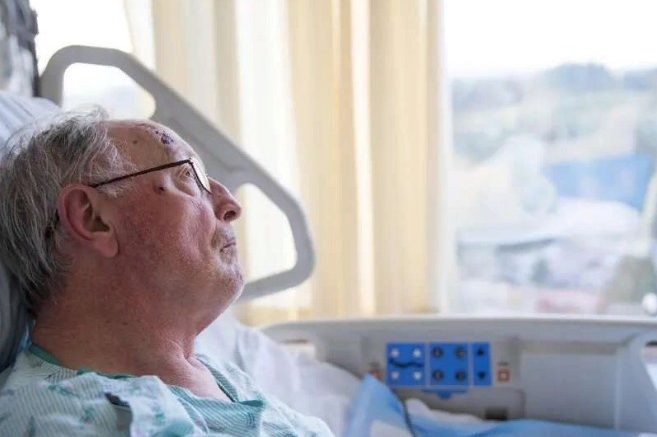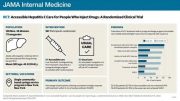According to researchers, life expectancy in the United States fell in 2021, continuing a disturbing trend that began during the pandemic’s first year.
In particular, the average life expectancy in the United States fell from 78.86 years in 2019 to 76.99 years in 2020. According to the new research, it then declined by a smaller amount in 2021, to 76.60 years.
The new study found that white Americans had a shorter life expectancy, which led to the trend.
In 2020, the pandemic disproportionately affected black and Hispanic Americans, compounding chronic health disparities.
The researchers thought that some white Americans might be hesitant to get vaccines, as well as be resistant to pandemic restrictions, which could change the dynamics in 2021, especially in states with a lot of white people.
“We already knew that the COVID-19 pandemic would result in an unprecedented reduction in life expectancy in the United States in 2020.
What remained unclear was what occurred in the year 2021. This is the first study we’re aware of that includes data for 2021, and the news isn’t positive, “corresponding study author Dr. Steven Woolf, director emeritus of Virginia Commonwealth University’s Center on Society and Health, said in a university press release.
“Knowing that a great vaccine was being distributed early in 2021, I was hopeful that the United States may be able to recoup some of its historic losses,” Woolf said. However, as the year progressed, I became increasingly concerned.
Even still, as a scientist, it remained an open question until I saw the data how the United States’ life expectancy for that year would be altered. It was alarming to see that, rather than improving, life expectancy in the United States had fallen even more. “
Delta and Omicron COVID-19 subtypes, which spread more quickly, are thought to have had a big impact.
Woolf found that “deaths from these variations occurred almost entirely among uninfected people.” “What happened in the US is less about the variations than the levels of vaccine resistance and the public’s rejection of techniques like masking and requirements to decrease viral transmission,” he argues.
Obesity and heart disease, as well as differences in access to health care, helped to spread the disease, says Ryan Masters, an assistant professor of sociology at the University of Colorado Boulder (CU) and a member of CU’s Population Center. He led the study.
“Those same conditions make the United States more sensitive to COVID-19’s mortality repercussions than other countries,” Masters explained.
The researchers examined official data from the CDC’s National Center for Health Statistics for 2018 to 2020, and then tentative data from the CDC’s National Center for Health Statistics for 2021.
They analyzed the changes in life expectancy using models. When final figures were released, previous reports based on the same modeling were shown to be accurate, according to Woolf.
Not only did the United States’ life expectancy plummet even more, it also fared worse than 19 other wealthy countries throughout the pandemic.
By all historical measures, the drop in life expectancy for people of color was massive in 2020, but it did not continue in 2021.
After declining 3.7 years in 2020, Hispanic Americans’ life expectancy remained stable between the two most recent years. In 2021, black Americans made a 0.42-year comeback, compared to a 3.22-year decrease in 2020. Due to a lack of data, there are no estimates for Asian Americans, Native Americans, or other groups of people.
People haven’t yet read the work. It was put on the MedRxiv preprint server on Thursday.
It was “heartbreaking” for the “real lives lost,” says Gregg Gonsalves, an epidemiologist at Yale School of Public Health who was not part of the study.
“Yes, increased vaccine coverage could have prevented some of this misery,” he told the Washington Post.
However, for over a year in the United States, we’ve had an overarching desire to put the pandemic behind us, which drove our decisions to forego basic protections on a personal and community level, putting us all in danger.





